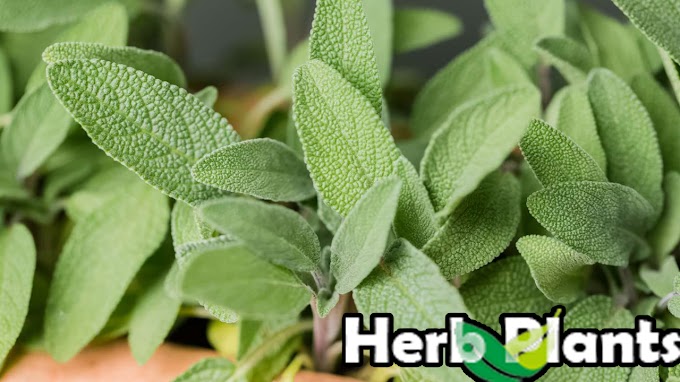Hello there, fellow nature enthusiasts! Today, we are going to explore the captivating world of hummingbird plants. These delightful flora not only add a burst of colors to your garden but also attract the mesmerizing hummingbirds. Let's dive into the fascinating world of these plants, understand their unique features, and discover the incredible health benefits they offer. Don't forget to share your thoughts in the comment section below and support me using the support button!
The Hummingbird Plant's Enchantment
Imagine witnessing a scene straight out of a fairy tale - small, shimmering hummingbirds flitting gracefully from flower to flower, their iridescent feathers glinting in the sunlight. What makes this magical moment possible? It's the alluring hummingbird plant!
Unveiling the Hummingbird Plant: Colors and Shapes
The hummingbird plant, scientifically known as Cuphea, is a diverse genus that comprises around 260 species. These plants come in a stunning array of colors and shapes, making them an absolute delight to behold.
Their flowers may be tubular, cup-shaped, or even bell-shaped, allowing them to perfectly accommodate the long, slender bills of hummingbirds. The blooms can be vibrant red, orange, pink, purple, or white, with some species boasting striking patterns that are sure to catch your eye.
A Magnet for Hummingbirds: The Nectar Connection
Hummingbirds are truly remarkable creatures, and their relationship with hummingbird plants is no less extraordinary. These tiny birds are nectarivores, meaning they primarily feed on nectar to fuel their energy-intensive activities.
The tubular and trumpet-shaped flowers of hummingbird plants are specially designed to hold a sweet nectar treasure. When hummingbirds come seeking nourishment, they inadvertently pollinate the flowers by transferring pollen from one blossom to another. It's a delightful dance of mutual benefit!
A Symphony of Nectar-Seekers: Bees and Butterflies
While hummingbirds are the stars of the show, they are not the only visitors that find these flowers irresistible. Bees and butterflies are also frequent patrons, drawn to the alluring nectar buffet.
As these pollinators flit from flower to flower, they inadvertently aid in the cross-pollination process, boosting the genetic diversity of the plants. This interdependence ensures the continuity and survival of these captivating species.
Health Benefits of Hummingbird Plants
Apart from being a visual delight and a haven for fascinating wildlife, hummingbird plants offer a range of health benefits that might surprise you:
1. Stress Reduction: Research suggests that spending time in nature and cultivating a garden can significantly reduce stress levels. The vibrant colors and soothing presence of hummingbird plants can help create a relaxing and calming environment.
2. Mental Stimulation: Caring for plants and observing the various pollinators in action can provide mental stimulation, keeping your mind engaged and active.
3. Physical Exercise: Gardening, even on a small scale, involves physical activities like bending, digging, and watering, which can be a great form of low-impact exercise.
4. Improved Air Quality: Like other plants, hummingbird plants contribute to improving air quality by absorbing carbon dioxide and releasing oxygen during photosynthesis.
5. Connection with Nature: Having hummingbird plants in your garden fosters a deeper connection with nature, promoting a sense of well-being and harmony with the environment.
6. Educational Value: If you have children or are an avid learner, a hummingbird garden can be an excellent educational resource. Observing the plants and wildlife can spark curiosity and help you learn more about the intricate balance of the ecosystem.
Create Your Hummingbird Haven
Now that you're intrigued by these enchanting plants and their benefits, you might be wondering how to create a hummingbird haven in your garden. Here are some simple steps to get you started:
1. Choose the Right Plants: Research and select hummingbird-friendly plants suitable for your region. Some popular choices include Bee Balm (Monarda), Trumpet Vine (Campsis radicans), Cardinal Flower (Lobelia cardinalis), and of course, various Cuphea species.
2. Provide a Water Source: Hummingbirds love to take a quick dip or drink from shallow water sources. A birdbath with a few stones or floating twigs for perching will do the trick.
3. Avoid Pesticides: To protect both the pollinators and the environment, opt for natural pest control methods and avoid using harmful pesticides.
4. Consistent Nurturing: Regular watering, weeding, and pruning will keep your hummingbird garden flourishing and inviting.
In conclusion, the mesmerizing world of hummingbird plants offers a unique opportunity to connect with nature, witness delightful interactions between hummingbirds and flowers, and reap various health benefits. Their vivid colors and enchanting shapes create a visual spectacle that can instantly lift your spirits.
So, why not add a splash of vibrancy and life to your garden by welcoming these enchanting plants? By doing so, you not only support these marvelous species but also contribute to the well-being of your local ecosystem. It's time to create your very own hummingbird haven!
I hope you enjoyed exploring the world of hummingbird plants! Share your feelings, experiences, or any questions you may have in the comment section below. And if you found this article helpful and informative, don't forget to show your support by clicking the support button. Together, let's continue to celebrate the wonders of nature and foster a harmonious relationship with our environment!




0 Comments